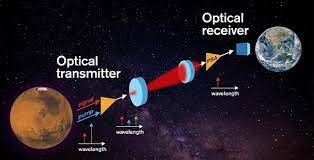Introduction to Free Space Laser Communication: Principles and Applications

Course Content
Introduction
-
Introduction to Free Space Laser Communication
00:00 -
Advantages of Free Space Laser Communication
00:00 -
Applications of Free Space Laser Communication
00:00